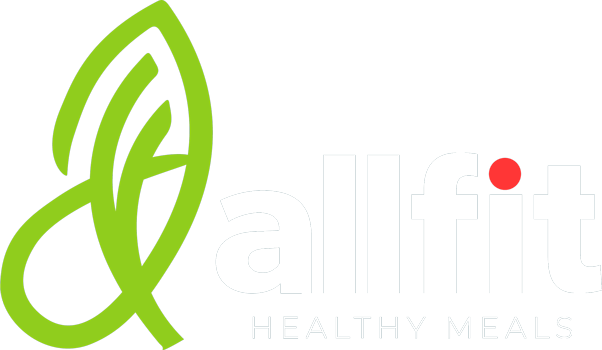🌟 Agradecemos por se Inscrever na Nossa Newsletter! 🌟
Olá, querido(a) amigo(a) da AllFit Meals! 🥗👩🍳
Estamos muito felizes em tê-lo(a) conosco nesta jornada rumo a uma alimentação mais saudável e saborosa. Sua inscrição na nossa newsletter é o primeiro passo para ficar por dentro de todas as novidades, promoções exclusivas e dicas incríveis que temos para você!
✨ O QUE ESPERAR DA NOSSA NEWSLETTER?
- Receitas Saudáveis: Inspire-se com nossas receitas deliciosas e nutritivas preparadas pela Chef Camila Cavazana.
- Novidades Exclusivas: Seja o primeiro a saber sobre nossos novos produtos, eventos e lançamentos especiais.
- Dicas de Bem-Estar: Receba conteúdos que vão ajudar você a manter uma vida saudável e equilibrada.
- Ofertas e Promoções: Aproveite descontos e ofertas exclusivas, especialmente para nossos assinantes.
💬 Fique Conectado:
Acompanhe nossas redes sociais e fique de olho na sua caixa de entrada para não perder nenhuma atualização. Estamos aqui para transformar sua experiência gastronômica e trazer mais praticidade e saúde para o seu dia a dia.
✨ Mais uma vez, obrigado por se juntar a nós! Juntos, vamos saborear uma vida mais saudável e feliz.✨
AllFit Meals - Alimentação Saudável, Saborosa e Personalizada para Você! 🍽️🍲🍛
